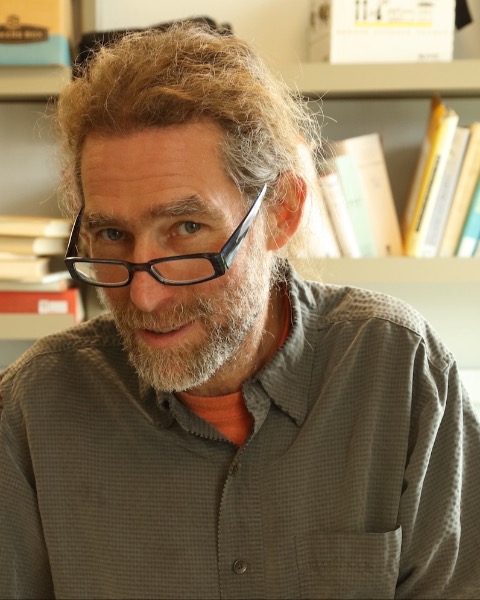Member Symposium
Diversity, Equity, and Inclusion
Empowering Tomorrow: Indigenous Scientists and Insect Science
Investigating the effects of trap nest density on rates of parasitism
Tuesday, November 12, 2024
8:35 AM - 8:50 AM MST
Location: Phoenix Convention Center, 225 A, PCC
- WL
Willow Lovecky
University of Virginia
Charlottesville, Virginia 
T'ai Roulston (he/him/his)
Research Associate Professor
University of Virginia
Boyce, Virginia
Presenting Author(s)
Co-Author(s)
It is largely unexplored and merely hypothesized how lifestyle differences in solitary species of bees and wasps may influence parasite host selection and changes in parasite abundance over time. Increases in sociality have often been seen as evolutionary defenses against parasitism, with higher parasitism risk in solitary individuals than aggregating or social species. Anthropogenic influences, such as bee hotels and long-lasting nesting substrate, have led to changes in where nesting occurs. In these new anthropogenic nesting sites, solitary individuals are nesting in aggregating spaces. Understanding how nest density of solitary bees and wasps influences the rate of parasitism and abundance of parasites has largely been unexplored. While short term studies have looked at how nest density influences rates of parasitism over the course of the season, understanding how this system may change over time is unknown. Additionally, how rates and abundances may differ in individual parasite species are yet to be investigated in this dynamic. To explore these dynamics, particularly how density of nests influences parasite abundance over time, a field study is being used. During the spring and summer of 2024, 110 trap nests with high and low density treatments are being monitored to understand the dynamics of nest density, host occupancy, parasitism rate, and parasite abundance. This initiates the beginning of a long-term study to understand how these dynamics may change over time.

.png)
